
Description
Cold War Origins: CIA Analysis, 1946-1950
Detailed Timeline of Main Events (1946-1950)
This timeline is based on the topics covered in the “Cold War Beginnings CIA Files” excerpts, focusing on the period between 1946 and 1950. It reflects the analytical focus of the Central Intelligence Group (CIG) and its successor, the Central Intelligence Agency (CIA), in their reporting to President Truman.
- 1946:
- Founding of the Central Intelligence Group (CIG): The analytical arm that would become the CIA is established. Its initial mission is to provide intelligence analysis to President Truman regarding global events, particularly concerning the Soviet Union.
- Political Tension in Bulgaria: The CIG begins monitoring and analyzing the political situation in Bulgaria, likely focusing on the rise of communist influence and potential Soviet manipulation.
- Communist Maneuvers in Hungary: The CIG starts reporting on and interpreting communist activities and political developments in Hungary, another Eastern European nation under increasing Soviet sway.
- 1947:
- Ongoing Analysis of Eastern Europe: The CIG continues to provide President Truman with summaries and interpretations of the political and social situations in Bulgaria and Hungary, tracking the consolidation of communist power.
- Emerging Focus on Asia: The CIG starts analyzing the “Prospects in Indochina,” indicating early awareness of the complex political landscape and potential for conflict in the region, likely involving French colonial rule and emerging nationalist/communist movements.
- 1948:
- Deepening Involvement in Southeast Asia: The CIG produces reports on “Prospects for Vietnam Settlement,” suggesting a growing concern and analysis of potential resolutions or escalations of conflict within Indochina, specifically focusing on Vietnam.
- Analysis of Soviet Aid Exploitation: The CIA (successor to CIG) analyzes “USSR: Soviet Plans for Exploiting US Aid Program,” indicating an effort to understand Soviet intentions and potential countermeasures regarding American foreign aid initiatives like the Marshall Plan.
- Growing Soviet Interest in China: CIA reporting highlights the increasing Soviet engagement and influence within China, particularly in the context of the ongoing Chinese Civil War between communist and nationalist forces.
- 1949:
- Focus on Soviet Expansionism in Korea: The CIA begins to report on and analyze “Soviet Expansionism in Korea,” indicating growing concerns about Soviet influence and potential communist ambitions on the Korean Peninsula, which was divided after World War II.
- Consideration of Internal Soviet Dynamics: CIA analysis includes reports on “Possible Kremlin Disagreement on Tactics,” suggesting an effort to understand the internal decision-making processes and potential divisions within the Soviet leadership.
- 1950:
- Heightened Concern over Korea: CIA reporting focuses on the “Prospects for Invasion of South Korea by the North,” indicating a significant concern and likely prediction of imminent military action by communist North Korea against the US-backed South Korea. This ultimately materialized with the outbreak of the Korean War in June 1950.
- Analysis of Soviet-Yugoslav Relations: The CIA produces “Comments on Soviet Plans Against Tito,” reflecting the tensions and potential conflicts between the Soviet Union under Stalin and Yugoslavia under Josip Broz Tito, who had defied Soviet control.
Cast of Characters and Brief Bios
This list includes the principal individuals explicitly mentioned in the source excerpts.
- Harry S. Truman: (1884-1972) The 33rd President of the United States (1945-1953). He assumed office during the final months of World War II and presided over the beginning of the Cold War. The CIA and its predecessor, the CIG, provided him with crucial intelligence analysis to understand and respond to the emerging threats posed by the Soviet Union.
- Joseph Stalin: (1878-1953) The General Secretary of the Communist Party of the Soviet Union from 1922 until his death. He was the paramount leader of the USSR during World War II and the early years of the Cold War. His “menacing behavior” and the expansionist policies of the Soviet Union were the primary focus of the CIA’s early intelligence efforts.
- Tito (Josip Broz): (1892-1980) The Marshal of Yugoslavia and its leader from the end of World War II until his death. He initially maintained close ties with the Soviet Union but later pursued an independent socialist path, leading to significant tensions and potential Soviet plans against his regime, as analyzed by the CIA.
Cold War Beginnings CIA Files
416 pages of selected CIA files covering the beginning of the Cold War from 1946 to 1950. Files comprised from pages of daily and weekly summaries and interpretations provided to President Truman.
The documents in this volume were produced by the analytical arm of the Central Intelligence Agency (CIA) and its predecessor, the Central Intelligence Group (CIG), between the latter’s founding in 1946 and the end of 1950. During this formative period of the Cold War, President Harry S. Truman struggled to understand the menacing behavior of the Soviet Union and his erstwhile ally, Joseph Stalin. The analysts of CIG/CIA contributed to this process by providing the President with daily, weekly, and monthly summaries and interpretations of the most significant world events. They also provided ad hoc papers that analyzed specific issues of interest to the administration.
Topics of the 208 excerpted reports include: Political Tension in Bulgaria, Communist Maneuvers in Hungary Prospects in Indochina, Prospects for Vietnam Settlement, USSR: Soviet Plans for Exploiting US Aid Program, Growing Soviet Interest in China, Soviet Expansionism in Korea, Possible Kremlin Disagreement on Tactics, Prospects for Invasion of South Korea by the North, and Comments on Soviet Plans Against Tito.
Source: CIA History Staff


Related products
-
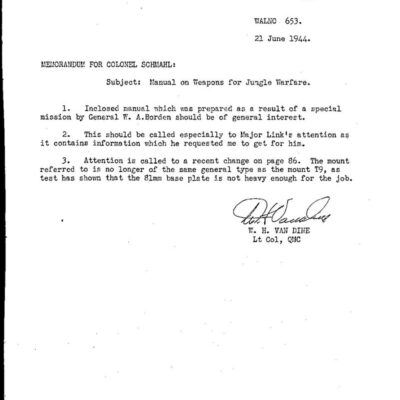
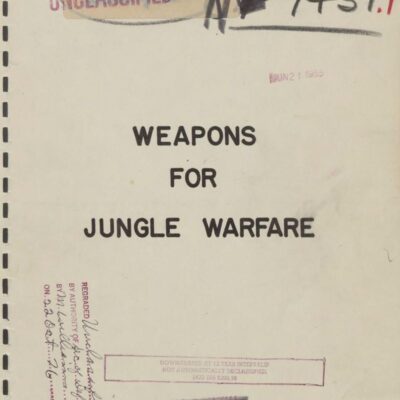
World War II Manual on Weapons for Jungle Warfare (1944)
$1.99 Add to Cart -
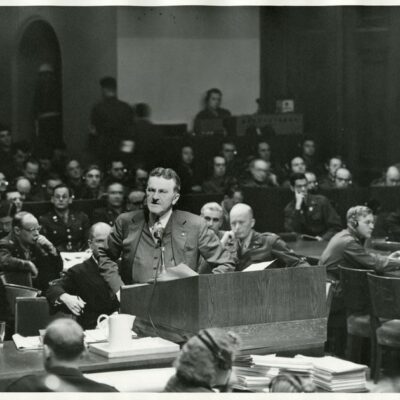
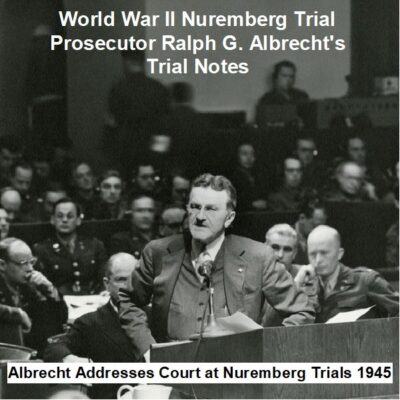
Trial Notes of Ralph G. Albrecht, Prosecutor at the Nuremberg Trials of World War II
$3.94 Add to Cart -
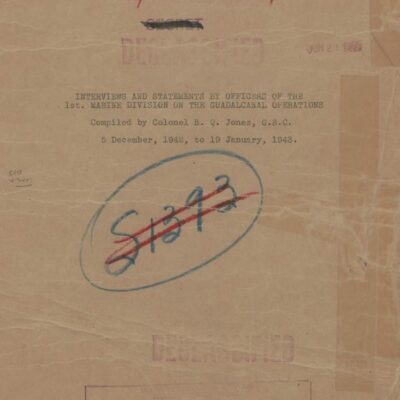
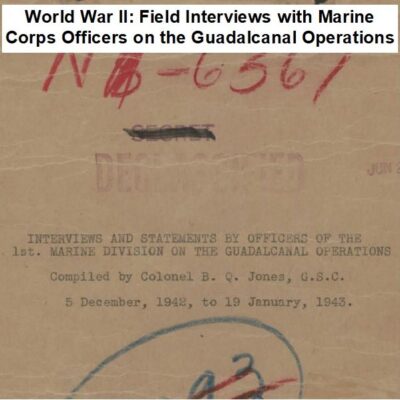
World War II: Marine Corps Officer Interviews on Guadalcanal Operations
$3.94 Add to Cart -
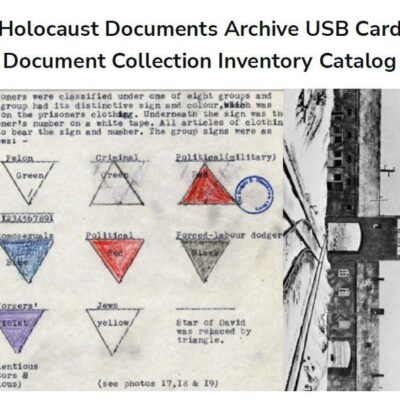
Holocaust Document Archive PDF file – Inventory Catalog of Document Collection
$3.94 Add to Cart